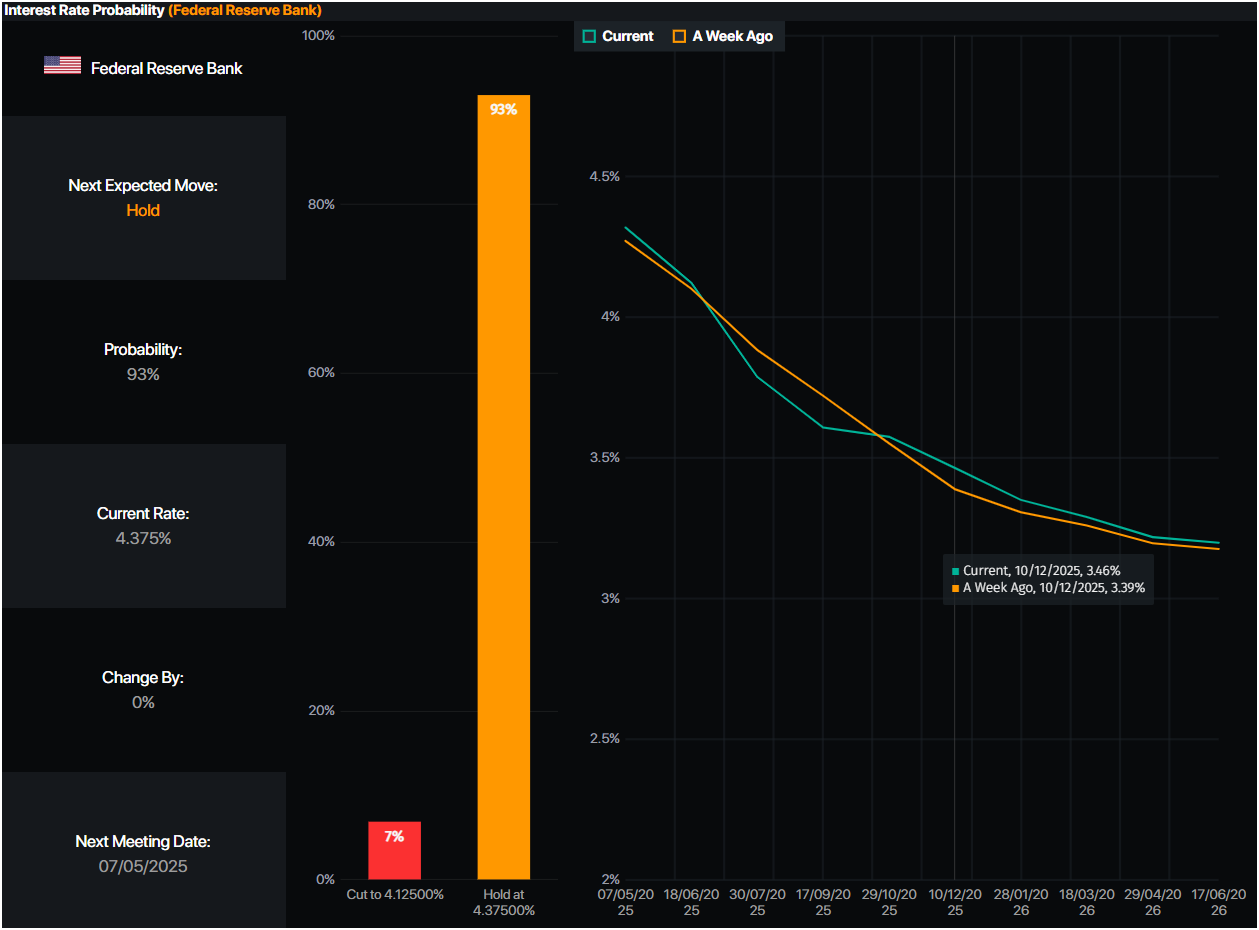Hyderabad: In a groundbreaking development, genetic researchers from Hyderabad have introduced a more efficient method to diagnose rare diseases using Optical Genome Mapping (OGM). This innovative approach replaces traditional gene mapping techniques and provides a comprehensive view of the DNA structure, enabling precise identification of genetic variations responsible for rare conditions.
CCMB Researchers Lead the Breakthrough
The research team from the Centre for Cellular and Molecular Biology (CCMB), Hyderabad, recently published their findings in the European Journal of Human Genetics of the Nature Science Journal on December 9, 2024. Their study involved the use of OGM to analyze two children suffering from rare diseases, including severe haemophilia and autism.
How Optical Genome Mapping Works
Unlike conventional sequencing methods that analyze genetic fragments, OGM captures the entire genome structure, providing a detailed map of the DNA. This enables scientists to detect structural variations more accurately and pinpoint the root cause of genetic disorders with greater precision.
Senior research fellow and science communicator from CCMB, Aditya Undru, compared this breakthrough to an explorer being equipped with a complete treasure map rather than fragmented clues. “In a dense forest, fragments of a treasure map become useless. The explorer needs a complete map and a bird’s-eye view,” he explained in a report published by India Bioscience, a Department of Biotechnology initiative.
Impact on Genetic Diagnostics and Research
CCMB researchers emphasized that this study has the potential to reshape the understanding of genetic disorders and transform genetic diagnostics. The detailed structural insights provided by OGM help bridge gaps in previous sequencing methods, particularly in detecting complex genetic variations that were difficult to analyze before.
This breakthrough is expected to play a crucial role in resolving clinical uncertainties surrounding rare diseases, paving the way for improved genetic research and diagnostics.








